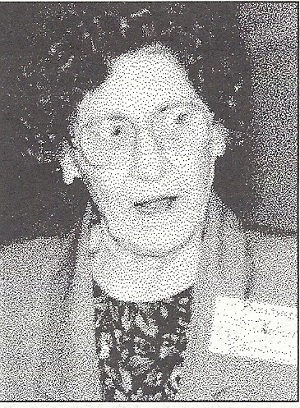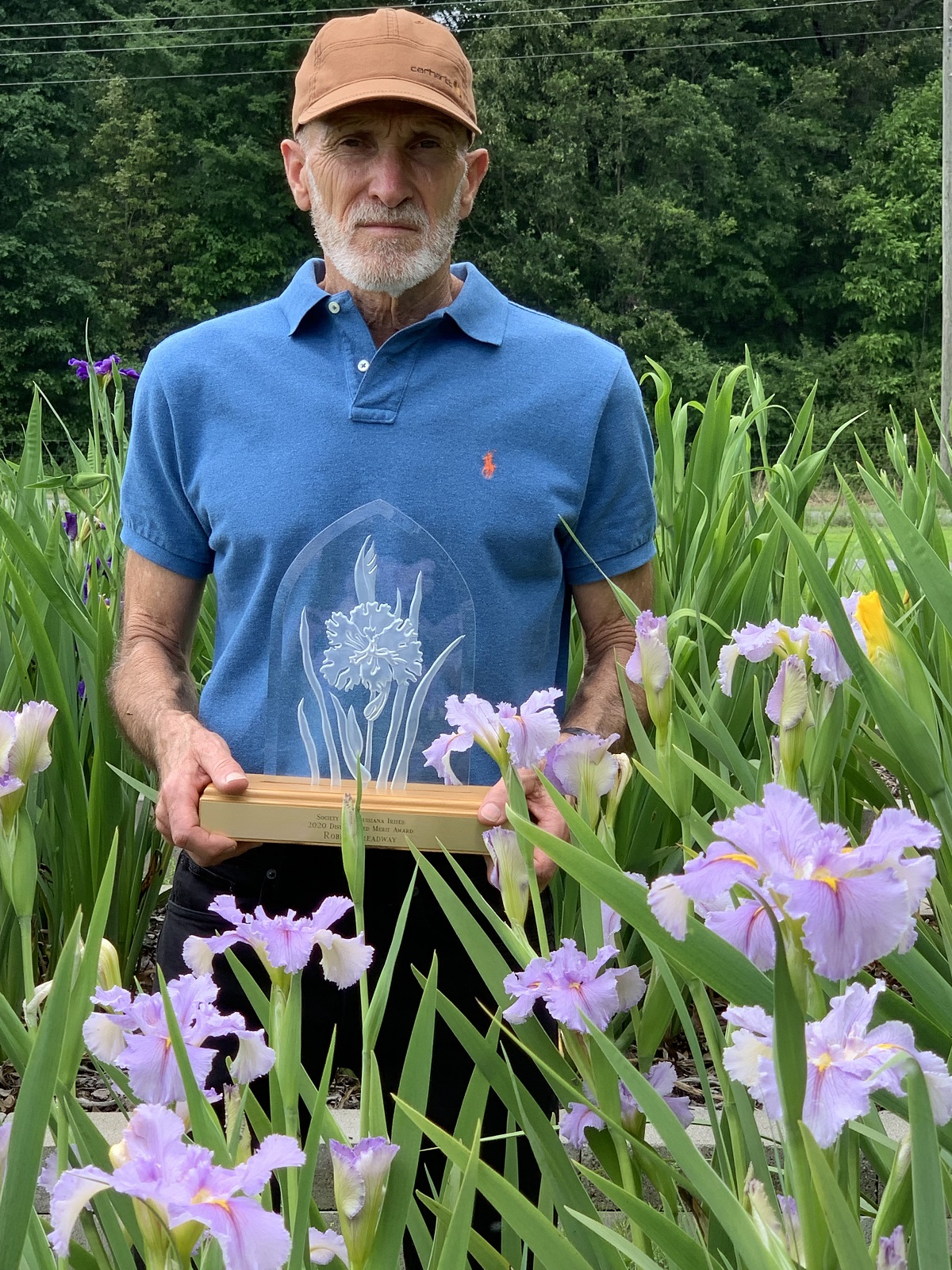Over the past several years the late Samuel Norris of Kentucky and I have tried every trick in the book to get a higher number of tetraploid Louisiana iris seedlings. The two main obstacles seem to be poor seed set during bloom season and low germination of the few seed that are produced.
With a little detective work and a lot of experimenting Sam and I have come to several conclusions that have increased seed set and germination. Kenneth Durio, owner of Louisiana Nursery in Opelousas, La., wrote Sam that he got better seed germination when he moved his plants into the shade after pollinating them. Sam moved all of his tetraploid LA iris into a spot that got half the sun that they were getting. The tets produced only slightly more seeds, but the percentage of germination was no better. Meanwhile in my iris patch I got better seed set than Sam. I even got seed set on plants that he hadn’t been able to set pods on for several years. The only difference in our gardens was that I watered mine during the dry spells. But neither of us was able to get the seed that Durio had reported.
Several years back I had the pleasure of visiting Durio’s nursery. He was growing his tet LA’s in large tubs! I came home and dug up a start of every tet that I was growing and planted them in two-gallon containers. I then sank the pots back in the ground and waited till spring. The following spring I lifted the tubs and placed them in a kiddy pool that I had purchased and filled it up with water. The difference in seed set was amazing! Seed set was ten times that of previous years. The germination of the seed was a dream come true. I finally got enough seedlings from several crosses to actually evaluate what the two parents could produce. Sam took the hint and got several soaker hoses and put the water to his tet LA’s. His seed set wasn’t as good as mine, but it did double and his germination was fantastic. It seems that the tet LA’s need the water to produce good viable seed.
Another thing that we concluded was that emasculating the blooms seemed to have a marked negative effect on seed set. Many hybridizers pull off the falls so the bumblebees won’t have a chance to pollinate the blooms. In many other irises this doesn’t seem to hurt the seed set, but the tet LA’s seem to need the
extra moisture that is trapped when the falls close over the style arms. The pollen tube starts to grow only hours after being placed on the stigmatic surface but as the pollen goes through the style arm it slows and sometimes comes to a complete stop. The reason it stops growing is unknown at this time, but ifthe bloom is left intact the pollen tube seems to have a five times better chance to reach the ovule and produce viable seed. Water seems to be the key with the tet LA’s.
After I harvested my tet LA seed for the season, I would throw the Miracle-Gro fertilizer to the plants. The offsets would make enough growth that I could take the pots in the house (around mid November), set them in four inches of water, and force them into bud for a second bloom season. Eight pots could be forced with a simple two bulb fluorescent fixture. This simple practice once again gave me great seed set and germination.
Many SLI members are aware that in the past several years we have lost two of the greatest advocates and hybridizers of the tet LA’s, Joe Mertzweiller of Louisiana and Samuel Norris of Kentucky. Very few hybridizers are working with tets at this time. Hopefully these tips will entice some hybridizers to give it another whirl.
*The author lives in Owensboro, KY. He is the great nephew of the late Samuel N. “Sam” Norris of Owensboro, who is remembered as a discriminating hybridizer of tetraploid Louisiana Irises. He has been breeding LA irises for about 25 years. In 2002 he registered his first hybrids, ‘Kentucky Thoroughbred’ and ‘Seattle Slew’ — neither of which has been introduced as of 2004.
Editor’s Note: This article originally appeared in the SLI Newsletter in the Fall 2004 edition.


